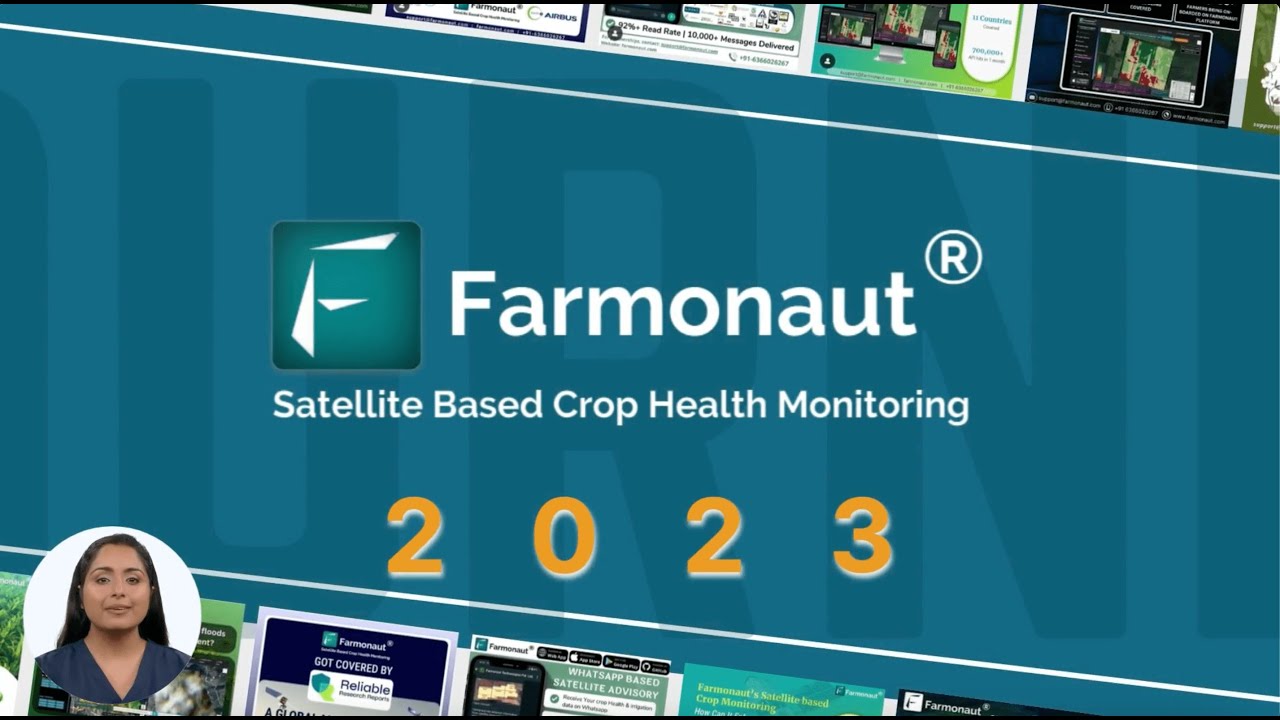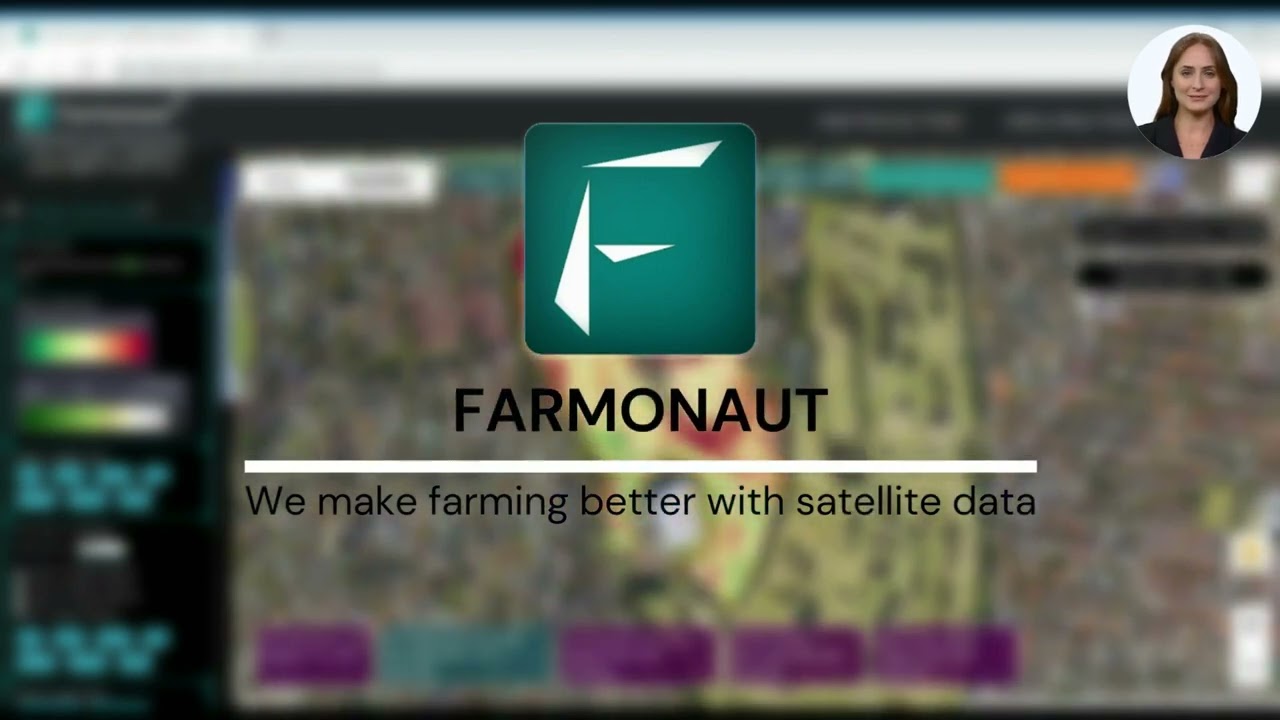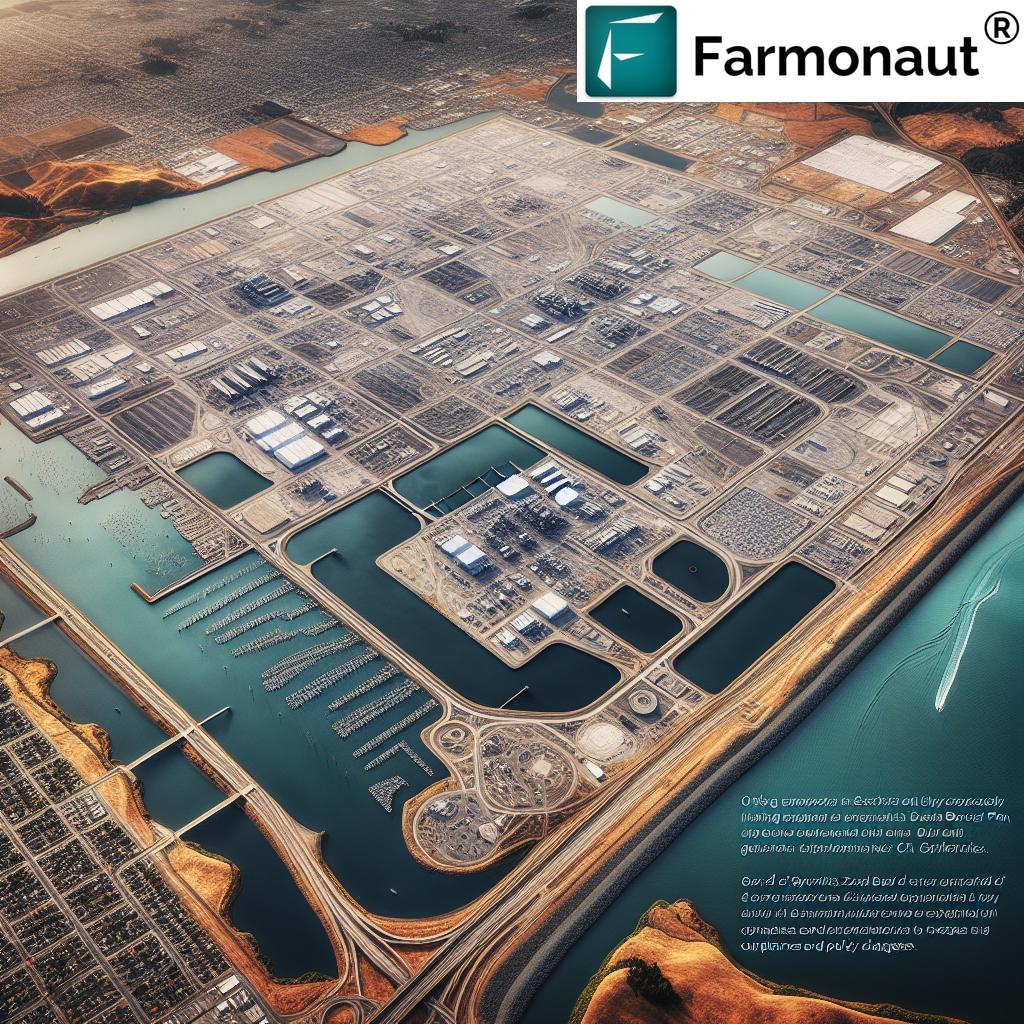Breakthrough in New Jersey: $13.2 Million Private Funding Boosts Woodbridge Chemical Site Cleanup and Wetland Preservation
“New Jersey’s $13.2 million private funding initiative tackles PCB soil contamination and preserves 34 acres of critical habitat.”
In a landmark development for environmental restoration and public health protection, we are witnessing a groundbreaking $13.2 million privately funded cleanup initiative in Woodbridge Township, New Jersey. This ambitious project not only addresses the critical issue of PCB soil contamination but also emphasizes the preservation of vital wetlands and forests in the region. As we delve into the details of this innovative approach to environmental remediation, we’ll explore how this project is setting new standards for sustainability and ecosystem protection.
The Hatco Site: A Legacy of Industrial Contamination
The focal point of this environmental cleanup funding initiative is the Hatco site in Woodbridge Township, New Jersey. This site, located within the Raritan River watershed, has a long history of industrial use and subsequent contamination. From 1959 to 1978, the chemical and minerals corporation W.R. Grace & Co. (Grace) owned and operated the site as the Hatco Chemical Division. The legacy of this industrial activity left behind significant soil contamination, particularly with polychlorinated biphenyls (PCBs), posing serious risks to both human health and the local ecosystem.
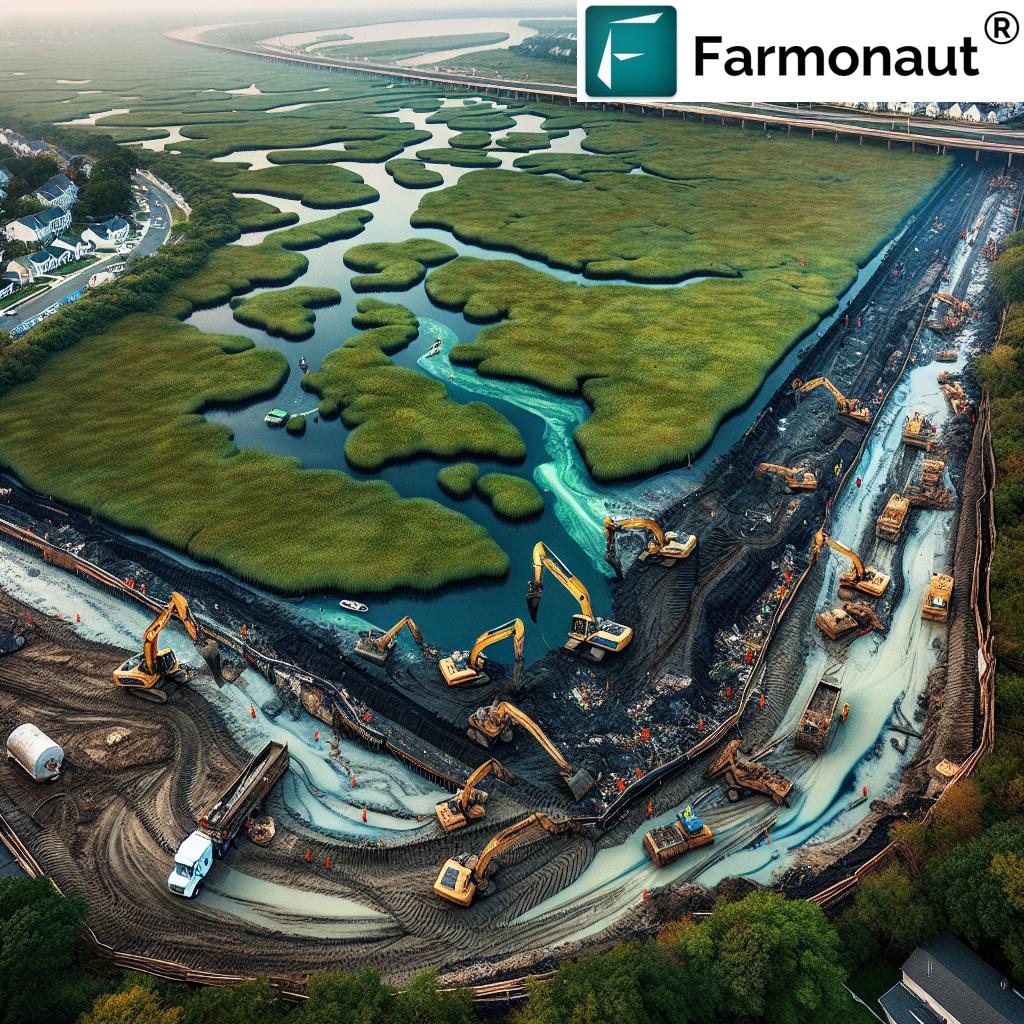
The $13.2 Million Cleanup Plan: A Private Sector Solution
The New Jersey Department of Environmental Protection (DEP) has approved a comprehensive remedy for the PCB contamination at the Hatco site. This plan involves both capping and off-site removal of the contaminated soil, ensuring a thorough and effective cleanup process. What sets this initiative apart is its funding structure – a privately funded $13.2 million cleanup that demonstrates the potential for corporate responsibility in environmental restoration.
Key components of the cleanup plan include:
- Soil remediation focusing on PCB contamination
- A combination of on-site capping and off-site removal techniques
- Preservation of 34 acres of critical habitat, including wetlands and forests
- Water quality protection measures for the Raritan River watershed
This innovative approach to contaminated site remediation showcases how private sector involvement can accelerate environmental cleanup efforts, potentially setting a new standard for similar projects across the country.
Innovative Funding and Liability Structure
The unique funding and liability structure of this project is particularly noteworthy. Weston Inc., a private environmental remediation company, will conduct the cleanup using the $13.2 million under an innovative agreement. This arrangement places future liability for the remedial project with Weston and ACE USA, an insurance firm.
Key aspects of this arrangement include:
- Weston and ACE USA accepting responsibility for all historical environmental liability
- Up-front funding of the remediation
- Purchase of an insurance policy to cover potential future liabilities
This structure ensures that the cleanup will be conducted by a nationally recognized environmental remediation company backed by a multi-billion dollar insurance company. It’s a creative solution that addresses the challenges posed by W.R. Grace & Co.’s bankruptcy filing, avoiding potential delays and the need for public funding.
Natural Resource Damage Settlement: Beyond Cleanup
In addition to the site cleanup, the agreement includes a significant natural resource damage (NRD) settlement. This aspect of the project emphasizes the state’s commitment to not just cleaning up contamination, but also restoring and preserving valuable ecosystems.
Key elements of the NRD settlement:
- Protection of a separate 34-acre land parcel
- Compensation for injuries to wetlands and groundwater
- Land acquisition for conservation purposes
This settlement addresses the contamination of 3.46 acres of wetland and a groundwater contamination plume extending over at least 16 acres. By focusing on land acquisition and preservation, the settlement ensures long-term ecological benefits beyond the immediate cleanup efforts.
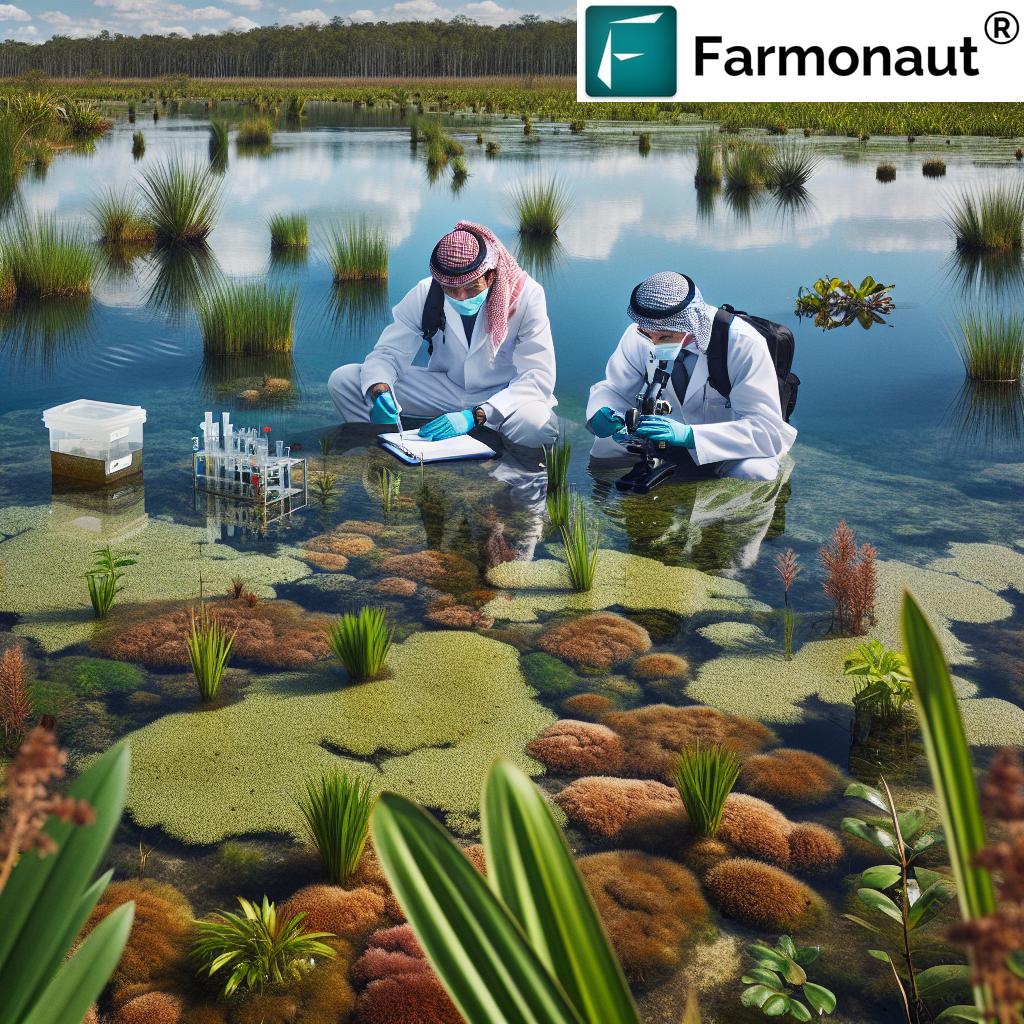
The Importance of Watershed Protection
“Woodbridge Township’s environmental cleanup project addresses chemical contamination in the Raritan River watershed, protecting water quality and public health.”
The Hatco site cleanup is not just about addressing localized contamination; it’s a crucial step in protecting the broader Raritan River watershed. This initiative recognizes the interconnectedness of water systems and the far-reaching impacts of environmental contamination.
Key aspects of watershed protection in this project:
- Addressing contamination sources that could affect the Raritan River
- Preserving wetlands that act as natural filters for water systems
- Implementing measures to prevent future contamination of groundwater
As Montgomery Township Mayor Louise Wilson aptly stated, “Water quality is threatened from the headwaters to the big rivers, and where water is concerned municipal boundaries are meaningless – watershed boundaries matter.” This project exemplifies a holistic approach to environmental protection that considers the broader ecological context.
Land Acquisition and Conservation Efforts
A pivotal component of the natural resource damage settlement is the acquisition and preservation of land. The agreement includes the protection of 34 acres in Montgomery Township, a mix of wetland and upland, meadow and forest. This land acquisition serves multiple purposes:
- Preservation of critical habitats
- Enhancement of water quality protection
- Creation of public open space
- Contribution to regional conservation efforts
The involvement of D&R Greenway Land Trust, a central New Jersey non-profit land preservation organization, adds expertise and long-term stewardship to this aspect of the project. Their pending contract on this land, funded by the settling parties, represents a new model for open space acquisitions that complements traditional state funding mechanisms.
Innovative Approaches to Environmental Restoration
This project in Woodbridge Township showcases several innovative approaches to environmental restoration and contaminated site remediation:
- Private-Public Partnerships: The collaboration between private companies, insurance firms, and state agencies demonstrates how diverse stakeholders can come together to address complex environmental challenges.
- Integrated Cleanup and Conservation: By combining site cleanup with ecosystem preservation, the project maximizes its environmental impact.
- Creative Financing: The use of private funding and insurance mechanisms provides a model for accelerating cleanup efforts, even in cases complicated by bankruptcy proceedings.
- Watershed-Based Approach: Recognizing the importance of watershed boundaries in environmental protection, the project takes a broader view of ecological health.
Impact on Local Communities and Public Health
The cleanup of the Hatco site and the associated conservation efforts have significant implications for local communities and public health:
- Removal of toxic PCBs from the environment, reducing health risks for residents
- Improvement of water quality in the Raritan River watershed
- Creation of new open spaces for public enjoyment and recreation
- Enhancement of local property values through environmental remediation
- Potential for economic benefits through increased tourism and recreational activities
As Woodbridge Township Mayor Frank Pelzman noted, “Woodbridge is pleased with the state’s tenacity in concluding this landmark environmental settlement. We applaud the cooperation among all parties that will now permit the cleanup to start.”
The Role of Technology in Environmental Cleanup
While discussing environmental remediation and monitoring, it’s worth noting the role of advanced technologies in such efforts. Companies like Farmonaut, while not directly involved in this project, showcase how satellite-based technologies can aid in environmental monitoring and land management.
Potential applications of satellite technology in environmental projects:
- Monitoring vegetation health in restored areas
- Tracking changes in land use and cover over time
- Assessing soil moisture levels in remediated sites
- Providing data for long-term environmental impact assessments
While Farmonaut’s focus is primarily on agricultural applications, the principles of satellite-based monitoring and data analysis can be valuable in environmental restoration projects like the one in Woodbridge Township.
Legal and Regulatory Framework
The Woodbridge Township cleanup project operates within a complex legal and regulatory framework:
- Oversight by the New Jersey Department of Environmental Protection
- Compliance with federal and state environmental laws
- Involvement of the Delaware bankruptcy court due to W.R. Grace & Co.’s bankruptcy proceedings
- Implementation of natural resource damage settlements under state environmental regulations
This project demonstrates how effective environmental policy can facilitate private sector involvement in cleanup efforts while ensuring strict adherence to environmental protection standards.
Future Implications and Potential Replication
The success of the Woodbridge Township project could have far-reaching implications for environmental cleanup efforts nationwide:
- Serving as a model for other states dealing with legacy industrial contamination
- Encouraging more private sector involvement in environmental remediation
- Promoting innovative funding mechanisms for cleanup projects
- Emphasizing the importance of integrating cleanup with conservation efforts
As we look to the future of environmental protection and restoration, projects like this one in New Jersey provide valuable lessons and templates for addressing complex environmental challenges.
Comparative Analysis of Environmental Cleanup Initiatives
| Project Name | Location | Funding Amount | Funding Source | Main Contaminants | Area Cleaned (acres) | Habitat Preserved (acres) | Estimated Timeline | Key Environmental Benefits |
|---|---|---|---|---|---|---|---|---|
| Woodbridge Township Cleanup | New Jersey | $13.2 Million | Private | PCBs | To be determined | 34 | Ongoing | Soil remediation, wetland preservation, water quality improvement |
| Hudson River PCB Cleanup | New York | $1.7 Billion | Private (GE) | PCBs | 200 miles of river | None specified | Completed in 2015 | River ecosystem restoration, improved water quality |
| Bunker Hill Mining and Metallurgical Complex | Idaho | $635 Million | Public and Private | Heavy metals | 21 square miles | None specified | Ongoing since 1983 | Soil and water remediation, habitat restoration |
| Rocky Mountain Arsenal | Colorado | $2.1 Billion | Public | Chemical weapons, pesticides | 27 square miles | 15,000 | Completed in 2010 | Wildlife refuge creation, groundwater treatment |
Community Engagement and Public Awareness
A crucial aspect of the Woodbridge Township cleanup project is its emphasis on community engagement and public awareness. Projects of this scale and importance require buy-in and support from local residents and stakeholders. Here’s how this initiative is addressing these aspects:
- Regular public meetings and information sessions to keep the community informed
- Collaboration with local environmental groups like the Edison Wetlands Association
- Transparent communication about the cleanup process and its potential impacts
- Educational programs to highlight the importance of environmental restoration
By involving the community, the project not only gains local support but also raises awareness about broader environmental issues, potentially inspiring future conservation efforts.
Economic Implications of Environmental Cleanup
While the primary focus of the Woodbridge Township project is environmental restoration, it’s important to consider its economic implications:
- Job Creation: The cleanup process itself creates jobs in environmental remediation and related fields.
- Property Value Increase: As the environment improves, surrounding property values are likely to rise.
- Future Development Potential: Cleaned-up areas may become attractive for sustainable development projects.
- Reduced Healthcare Costs: Improving environmental conditions can lead to better public health outcomes, potentially reducing healthcare costs in the long run.
- Ecosystem Services: Preserved wetlands and forests provide valuable ecosystem services, including flood mitigation and carbon sequestration.
These economic benefits underscore the value of investing in environmental cleanup and conservation efforts.
The Role of Technology in Environmental Monitoring
Advanced technologies play a crucial role in modern environmental monitoring and management. While not directly related to the Woodbridge project, it’s worth noting how companies like Farmonaut are pushing the boundaries of environmental monitoring technology:
- Satellite-based vegetation health monitoring
- AI-driven environmental analysis
- Blockchain-based traceability for environmental data
- Remote sensing for large-scale land management
These technologies could potentially be adapted for use in environmental cleanup projects, offering new ways to monitor progress and assess long-term impacts.
Challenges and Lessons Learned
The Woodbridge Township cleanup project, while innovative, is not without its challenges. Some of the key issues and lessons learned include:
- Navigating complex legal and regulatory frameworks, especially with bankruptcy proceedings involved
- Balancing the needs of environmental cleanup with habitat preservation
- Managing public expectations and concerns about the cleanup process
- Coordinating multiple stakeholders, including private companies, government agencies, and community groups
- Ensuring long-term monitoring and maintenance of the cleaned-up site
These challenges provide valuable insights for future environmental remediation projects, highlighting the importance of flexible, collaborative approaches to complex environmental issues.
The Future of Environmental Cleanup and Conservation
As we look to the future, the Woodbridge Township project offers a glimpse of what effective environmental cleanup and conservation efforts might look like:
- Increased integration of cleanup and conservation efforts
- More innovative funding mechanisms, including private-public partnerships
- Greater use of advanced technologies for monitoring and analysis
- Emphasis on watershed-level planning and management
- Stronger links between environmental restoration and community development
Projects like this set the stage for a new era of environmental stewardship, where cleanup efforts not only address past contamination but also pave the way for sustainable future development.
Conclusion: A Model for Future Environmental Restoration
The $13.2 million privately funded cleanup of the Hatco site in Woodbridge Township, New Jersey, represents a significant breakthrough in environmental restoration efforts. By combining innovative funding mechanisms, comprehensive cleanup strategies, and a strong focus on wetland preservation, this project sets a new standard for addressing legacy industrial contamination.
Key takeaways from this initiative include:
- The power of private-public partnerships in tackling complex environmental challenges
- The importance of integrating cleanup efforts with broader conservation goals
- The potential for creative financing solutions to accelerate environmental remediation
- The critical role of community engagement and public awareness in successful environmental projects
As we continue to grapple with environmental challenges across the globe, projects like the Woodbridge Township cleanup offer hope and practical models for effective action. By learning from and building upon these efforts, we can work towards a cleaner, healthier, and more sustainable future for all.
FAQ Section
- Q: What is the main goal of the Woodbridge Township cleanup project?
A: The main goal is to remediate PCB soil contamination at the Hatco site while also preserving 34 acres of critical habitat, including wetlands and forests. - Q: How is this cleanup project funded?
A: It’s a privately funded $13.2 million initiative, with an innovative agreement involving Weston Inc. and ACE USA for liability coverage. - Q: What makes this project unique?
A: Its combination of private funding, comprehensive cleanup strategy, and integration with wetland preservation efforts sets it apart from traditional cleanup projects. - Q: How does this project benefit the local community?
A: It removes toxic PCBs from the environment, improves water quality, creates new open spaces, and potentially enhances local property values. - Q: What role does technology play in this cleanup effort?
A: While not directly mentioned in the project, advanced technologies like satellite monitoring and AI-driven analysis could potentially be used for monitoring and assessment.
Earn With Farmonaut: Affiliate Program
Earn 20% recurring commission with Farmonaut’s affiliate program by sharing your promo code and helping farmers save 10%. Onboard 10 Elite farmers monthly to earn a minimum of $148,000 annually—start now and grow your income!



